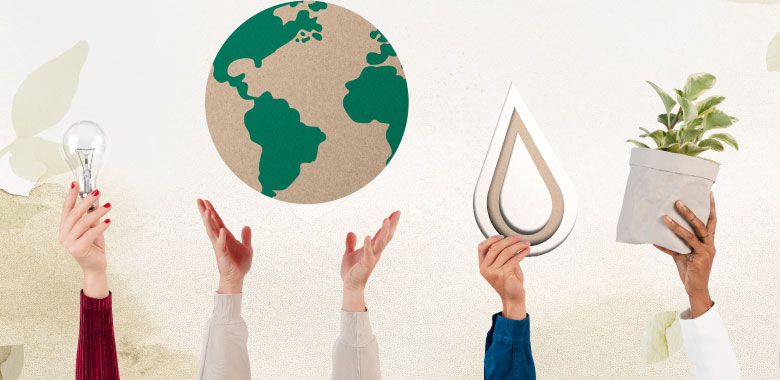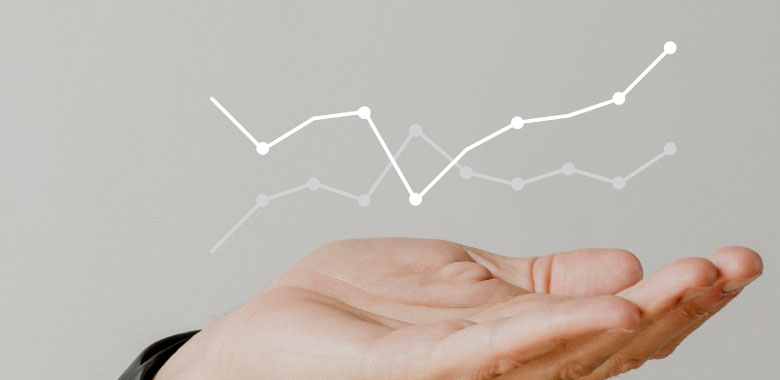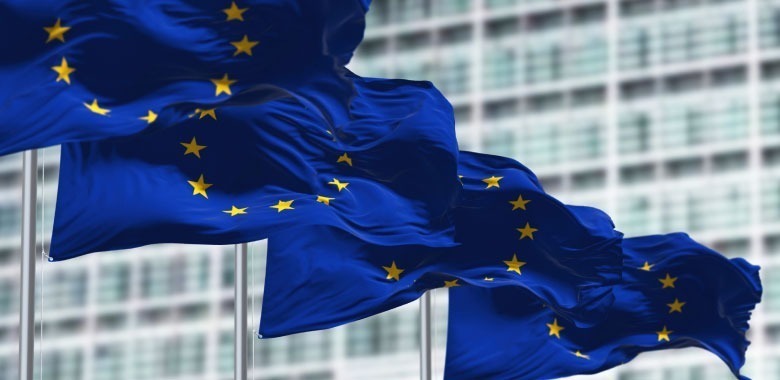Green Claim directive: contro il greenwashing e il greenhushing

Il 12 marzo 2024 il Parlamento europeo ha espresso il suo voto favorevole alla direttiva Green Claim, con 467 voti favorevoli e soli 65 contrari, già approvata dalla Commissione europea. La direttiva Green Claim rappresenta la risposta istituzionale al fenomeno del greenwashing e della pubblicità ingannevole sul tema della sostenibilità. Una direttiva che nasce […]
Green Claim directive: against greenwashing and greenhushing

On March 12, 2024, the European Parliament voted in favor of the Green Claim Directive, with 467 votes in favor and only 65 against, which has already been approved by the European Commission. The Green Claim Directive is the institutional response to the phenomenon of greenwashing and misleading advertising on the topic of sustainability. A […]
Sostenibilità aziendale: significato e valore

Promuovere una cultura sostenibile all’interno delle dinamiche aziendali significa adottare in maniera completa un nuovo modo di fare impresa. È proprio questa la ratio sottesa ai fattori Environmental, Social e Governance: criteri guida per ogni azienda che pone la sostenibilità al centro delle proprie scelte. Si tratta di un approccio innovativo, attento alle […]
Corporate sustainability: meaning and value

Promoting a sustainable culture within business dynamics means adopting a new way of doing business in a comprehensive way. This is precisely the rationale behind the Environmental, Social and Governance factors: guiding criteria for any company that places sustainability at the center of its choices. It is an innovative, environmentally and socially conscious approach that […]
Obbligazioni verdi o Green Bond cosa sono?

I Green Bond, o obbligazioni verdi, sono strumenti finanziari che hanno come scopo principale quello di promuovere, attraverso l’impiego di risorse finanziarie, la sostenibilità. Si tratta di titoli di debito ideati per sostenere iniziative e progetti che hanno come priorità i fattori Environmental, Social e Governance, ad esempio la produzione di energia da fonti […]
Green bonds or green bonds what are they?

Green Bonds, or green bonds, are financial instruments whose main purpose is to promote, through the use of financial resources, sustainability. These are debt securities designed to support initiatives and projects that prioritize Environmental, Social, and Governance factors, such as renewable energy production, rational and responsible use of resources, and energy efficiency. The types of […]
Il Greenwashing come principale rischio per la reputazione aziendale

La sostenibilità aziendale, insieme alle pratiche inerenti alla Responsabilità sociale d’impresa e alle questioni ESG in senso ampio, è oggetto di numerosi dibattiti e rappresenta argomenti prioritari all’interno di discussioni economiche, politiche e sociali. Poiché l’adozione di pratiche sostenibili può offrire vantaggi competitivi, diventa sempre più cruciale integrare la responsabilità sociale e la sostenibilità […]
Greenwashing as the main risk to corporate reputation

Corporate sustainability, along with the practices inherent in Corporate Social Responsibility and broader ESG issues, is the subject of numerous debates and represents priority topics within economic, political and social discussions. As the adoption of sustainable practices can offer competitive advantages, it is becoming increasingly crucial to integrate social responsibility and environmental sustainability, demonstrating their […]
Gli standard ESRS e la rendicontazione di sostenibilità: le linee guida dell’EFRAG

La Corporate Sustainability Reporting Directive (direttiva CSRD), entrata in vigore quest’anno, disciplina gli obblighi di report e rendicontazione non finanziaria delle imprese di grandi e medie dimensioni. Un provvedimento che ha suscitato l’interesse di molte aziende, anche non obbligate, verso la rendicontazione della sostenibilità aziendale. L’emanazione della direttiva CSRD è avvenuta con il supporto […]
ESRS standards and sustainability reporting: the EFRAG guidelines

The Corporate Sustainability Reporting Directive (CSRD directive), which came into effect this year, governs the non-financial reporting and accountability obligations of large and medium-sized companies. A measure that has piqued the interest of many companies, even those that are not obligated, in corporate sustainability reporting. The enactment of the CSRD directive was supported by the […]